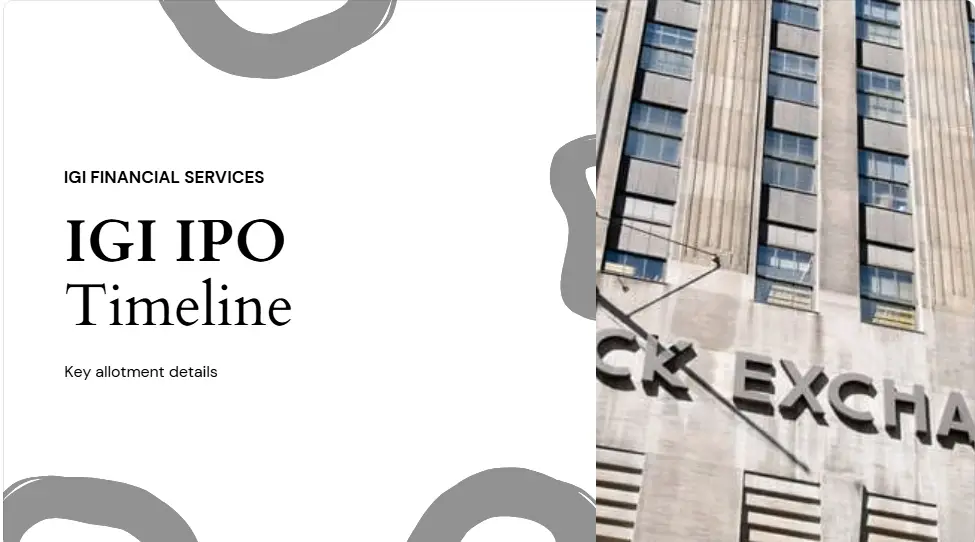
Have you ever questioned whether the price of a stock is actually justified?
One of the most effective instruments that investors use to assess company valuation is the price-to-earnings ratio, or P/E ratio. Investors can ascertain whether a firm is overvalued or undervalued by comparing its stock price to its profits per share (EPS). Building a successful portfolio and making wise investing selections depend heavily on this indicator.
What is the Price-to-Earnings (P/E) Ratio?
Defining Price-to-Earnings (PE) Ratio
The price-to-earnings ratio (P/E ratio) measures a company’s stock price in relation to its earnings per share (EPS). Investors and analysts use the P/E ratio to determine whether a stock is overvalued or undervalued compared to its earnings potential.
The PE ratio aids in the analysis of stock indexes in addition to equities. Notably, the price-to-earnings ratio for stocks and stock indexes is never constant due to the market’s constant volatility. The ratio fluctuates during quarterly or annual results calls or with shifting market cycles.
Crucial Lessons
- The ratio of the share price of a firm to its earnings per share is known as the price-to-earnings (P/E) ratio.
- If a company’s stock is overpriced or investors anticipate rapid growth, a high P/E ratio may indicate these factors.
- Businesses that are losing money or have no earnings have no P/E ratio since there is nothing to put in the denominator
- P/E ratios that are most frequently employed are trailing and forward P/E.
- When evaluating a single firm over time or comparing similar companies in the same industry, P/E ratios are most useful.

P/E Ratio Formula & Calculation
The formula for the price-to-earnings ratio is:
PE ratio = Price per share/Earnings per share (EPS)
| Stock | Market Price (₹) | EPS (₹) | P/E Ratio |
|---|---|---|---|
| Company A | 500 | 25 | 20 |
| Company B | 1,200 | 40 | 30 |
A P/E ratio of 20 means that investors are willing to pay ₹20 for every ₹1 of earnings.
Types of P/E Ratio: Trailing vs. Forward P/E
| Type of P/E Ratio | Formula | Purpose |
|---|---|---|
| Trailing P/E | Market Price per Share ÷ EPS (TTM) | Measures past earnings, useful for stability. |
| Forward P/E | Market Price per Share ÷ Estimated Future EPS | Helps evaluate future growth potential. |
Example:
- Reliance Industries (RIL) TTM P/E: 25
- Startup X Forward P/E: 40
- RIL’s trailing P/E of 25 shows past stability.
- The forward P/E of 40 for a startup reflects high growth expectations.
Why the Price-to-Earnings Ratio is a Key Valuation Tool
- Growth Expectations: Investors use price-to-earnings ratios to forecast future earnings potential.
- Industry Benchmarking: Compare a company’s price-to-earnings ratio with competitors and market indexes.
- Overvaluation or Undervaluation: A high P/E ratio may indicate a stock is overvalued, while a low PE ratio may indicate it is undervalued.
How to Interpret the P/E Ratio: High vs. Low?
| P/E Ratio Type | What It Suggests | Example |
|---|---|---|
| High P/E | Investors expect high growth; could be overvalued. | A tech stock with P/E = 50. |
| Low P/E | Could be an undervalued stock or signal financial trouble. | A bank stock with a P/E of 8. |
What’s a Good Price-to-Earnings Ratio?
- The average price-to-earnings ratio is between 15-25.
- Tech companies tend to have higher P/E ratios, often above 25-40.
- Utility stocks typically have a lower P/E ratio (10-20), as they grow slowly and have stable earnings.
Factors Influencing the PE Ratio
- Company Growth Rate – Fast-growing firms tend to have a higher price-to-earnings ratio.
- Industry Trends – Tech stocks and high-growth companies usually have higher P/E ratios.
- Investor Confidence – Bullish sentiment can drive P/E ratios higher, while economic downturns lower them.
- Economic Factors – Interest rates, inflation, and GDP growth impact the price-to-earnings ratio of stocks.
Using P/E Ratio in Investment Decisions: A Practical Guide
| Investment Strategy | How P/E Ratio Helps |
|---|---|
| Stock Screening | Find undervalued stocks using P/E ratio. |
| Industry Comparisons | Compare price-to-earnings ratio among competitors. |
| Growth Forecasting | A lower forward P/E ratio suggests expected earnings growth. |
| Risk Analysis | High P/E ratios indicate market confidence but also potential overvaluation. |
Case Study: PE Ratio in Action
- Infosys (High P/E Success Story)
- Infosys has historically maintained a high P/E ratio, often exceeding 30, due to its strong presence in IT services and digital transformation.
- Investors are willing to pay a premium for Infosys shares because of its consistent earnings growth and global expansion.
Factors Influencing the PE Ratio
- Tata Motors (Low P/E Turnaround)
- Tata Motors had a low P/E ratio in past years due to declining global demand and financial struggles.
- However, its strategic shift towards electric vehicles (EVs) and innovation helped it regain investor confidence, improving its valuation over time.
People Also Ask (FAQ Section)
What does a negative P/E ratio mean?
Is a high P/E ratio always good?
A high P/E ratio signals investor optimism, but it can also mean the stock is overvalued.







Pingback: Tata Motors PE Ratio Guide: Discover Hidden Value Today
Pingback: Bank Nifty PE Ratio Guide – Smart Trading Insights
Pingback: HDFC Bank PE Ratio 2025: Is It the Right Time to Invest?
Pingback: Sensex PE Ratio Today – Is the Market Overvalued or a Buy?